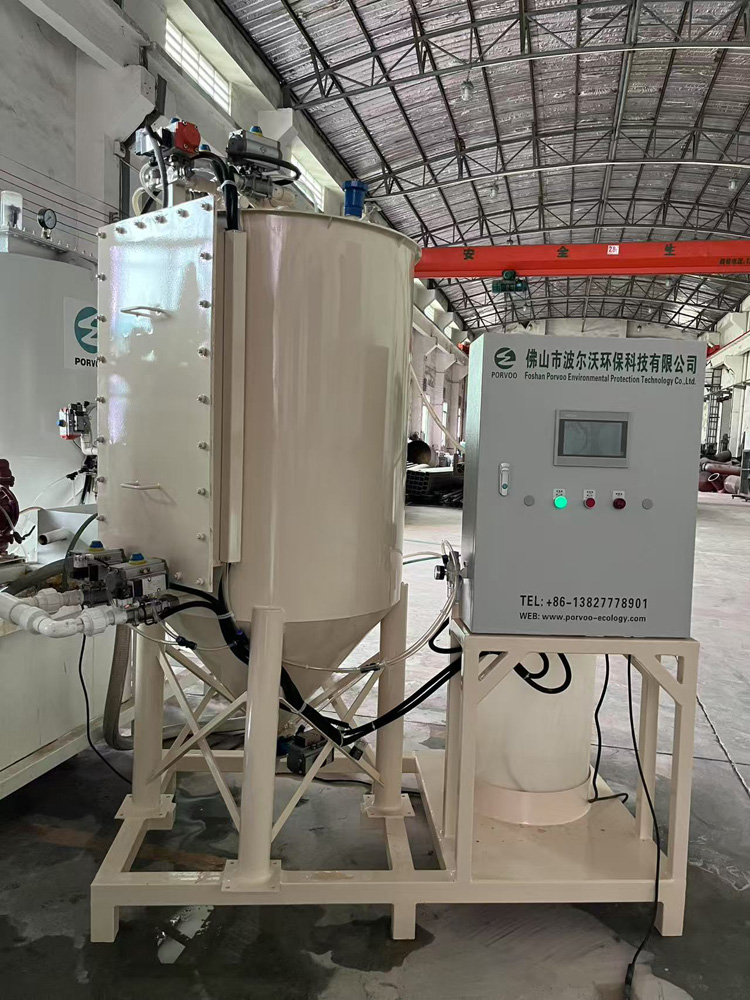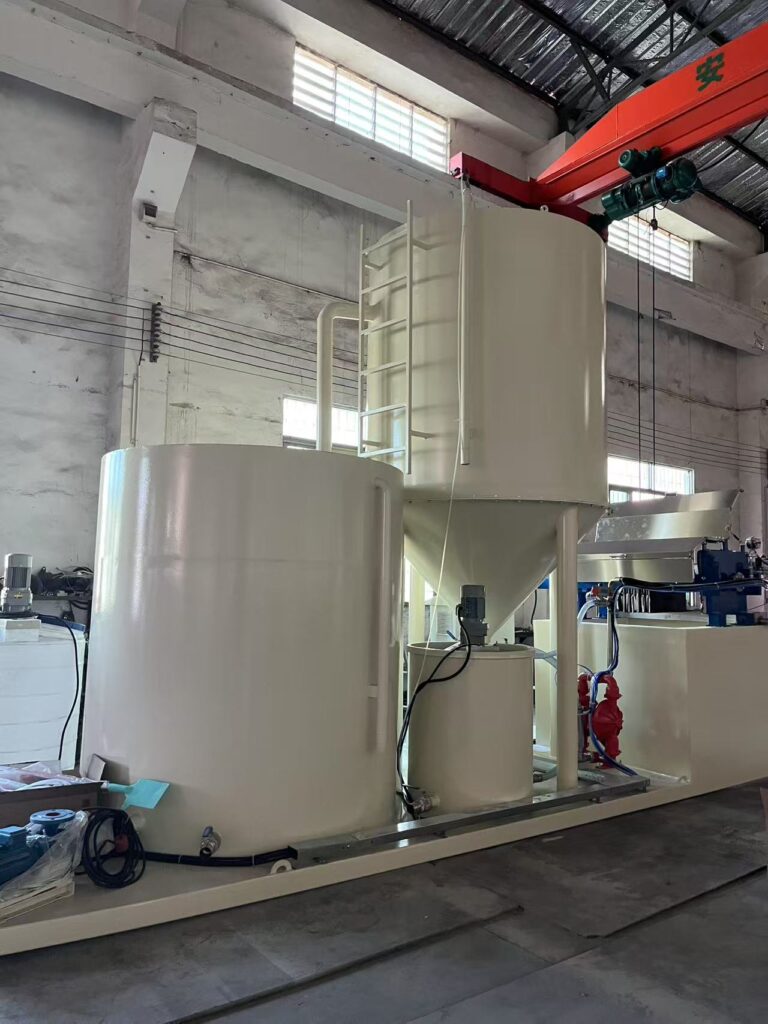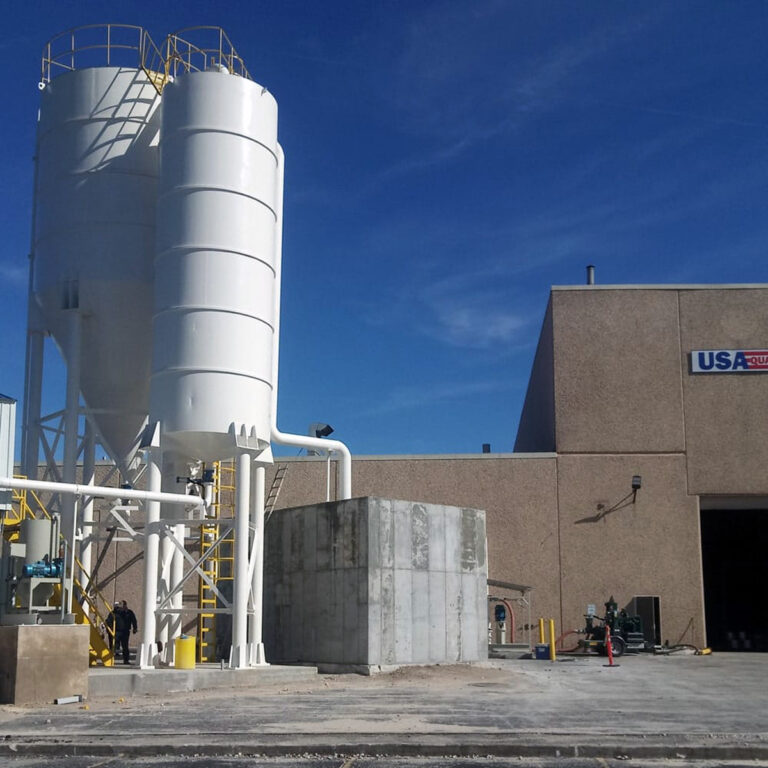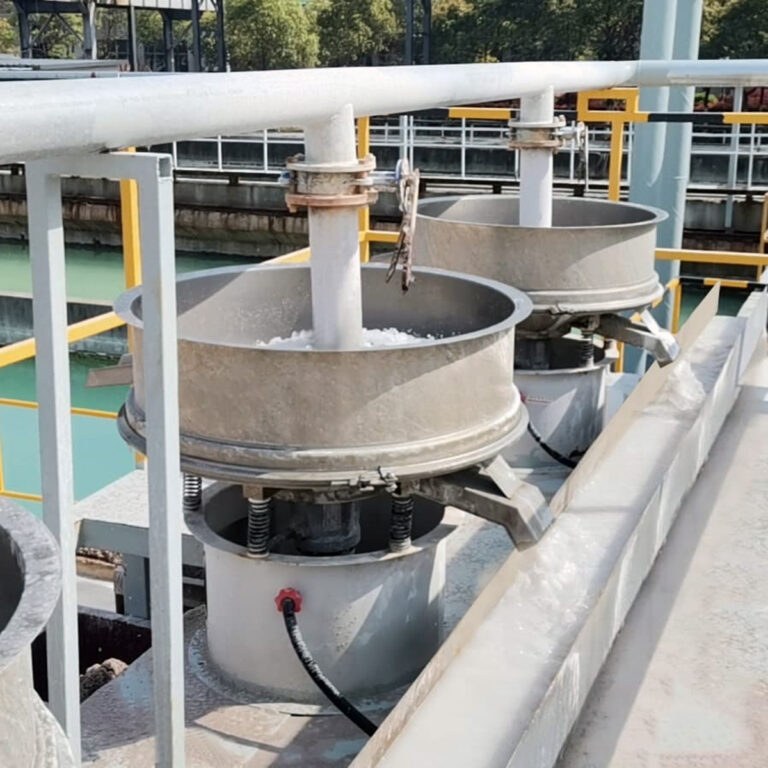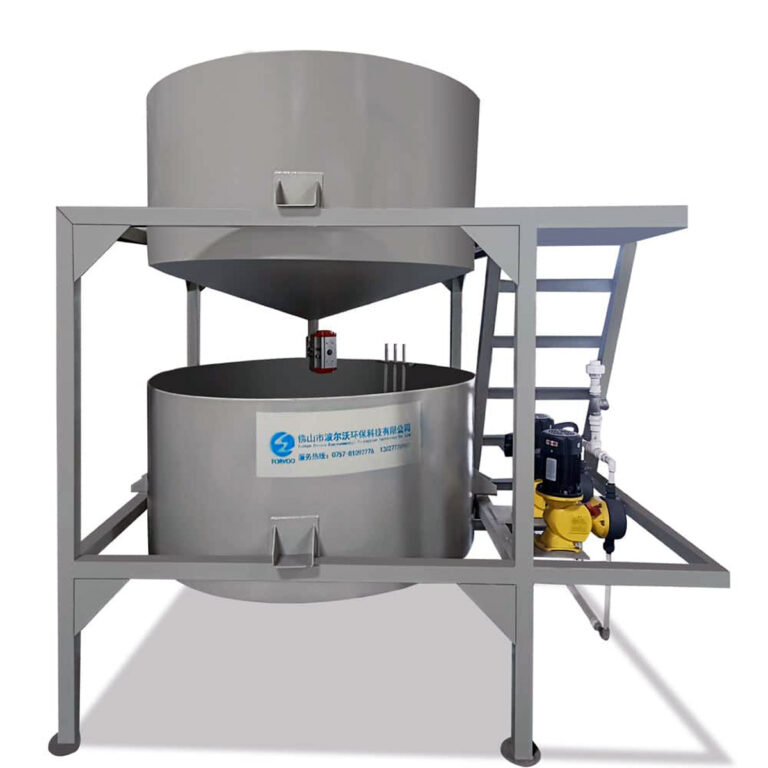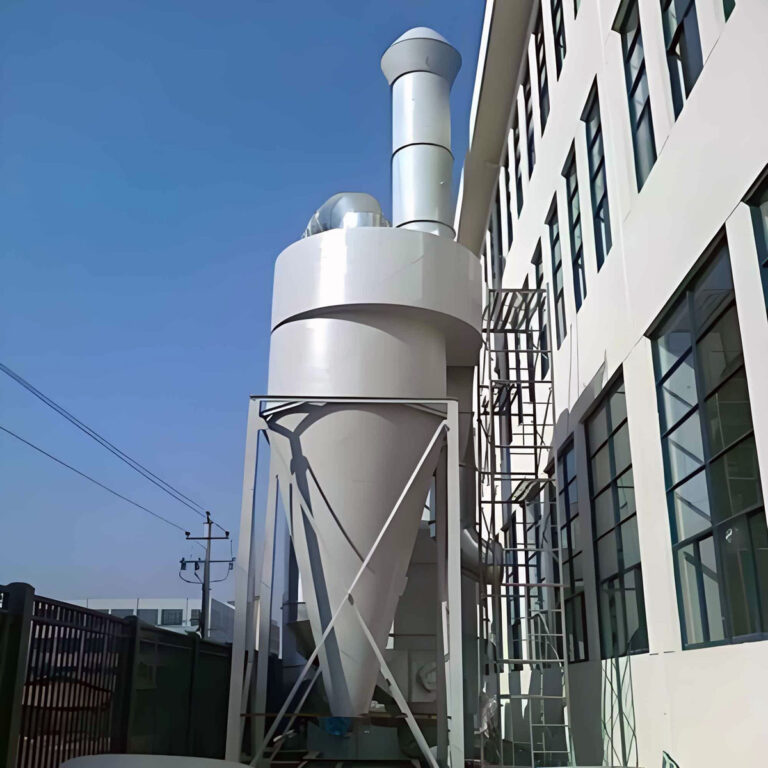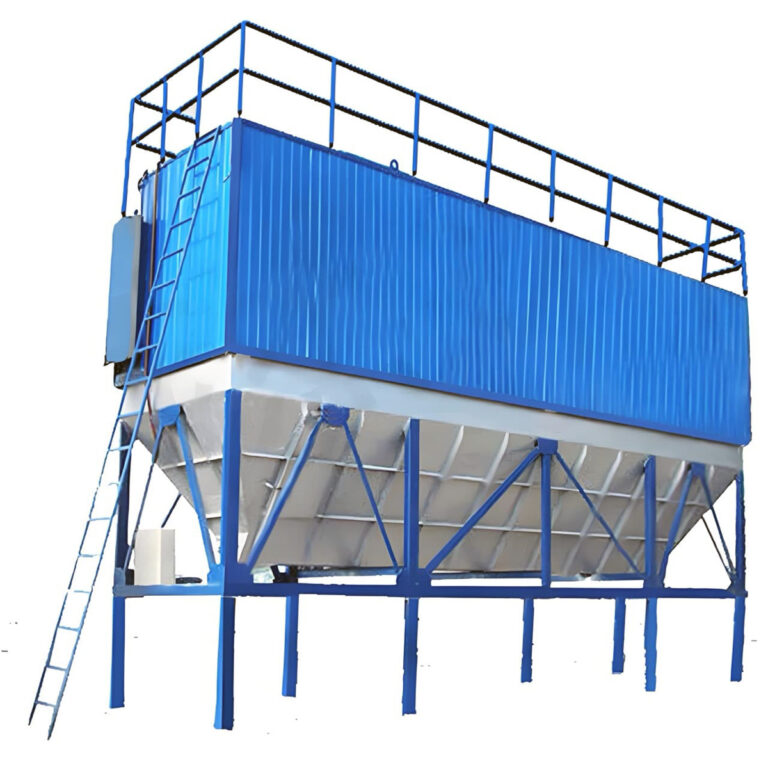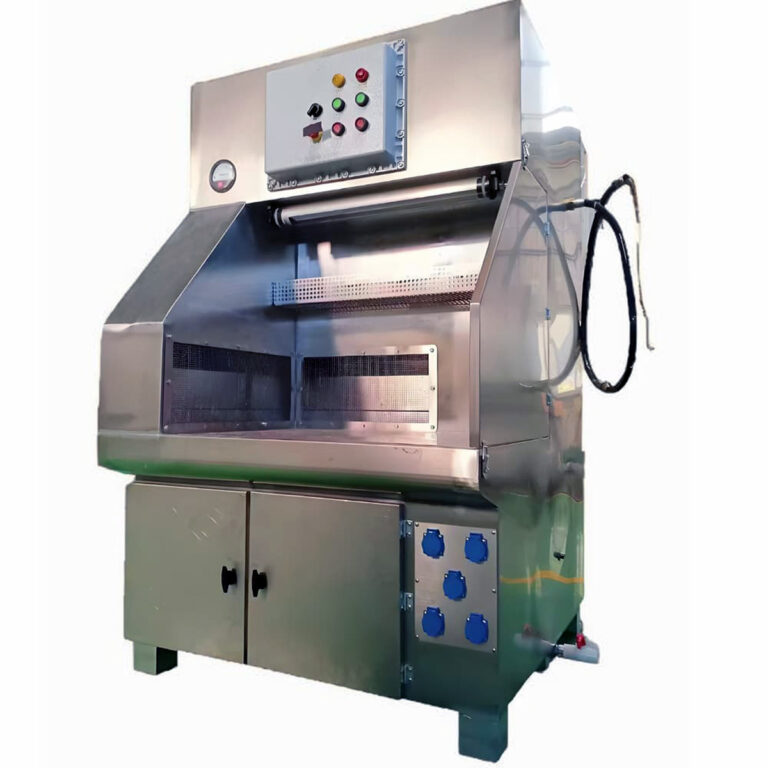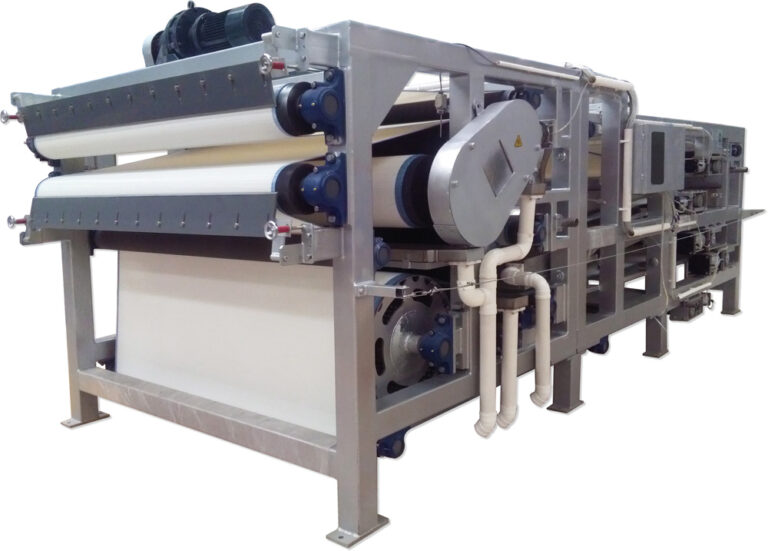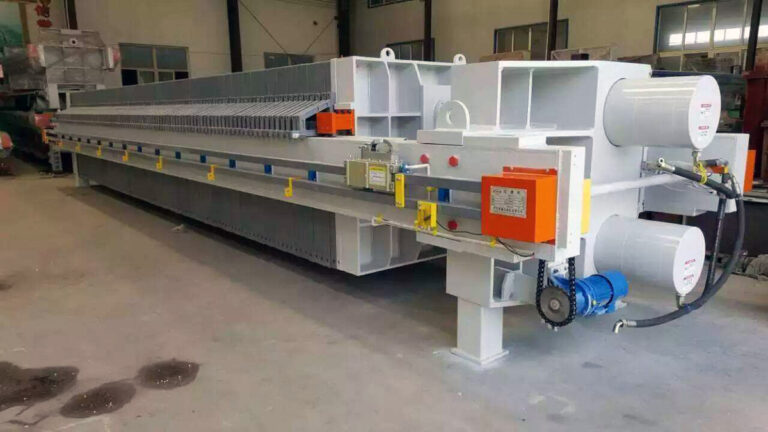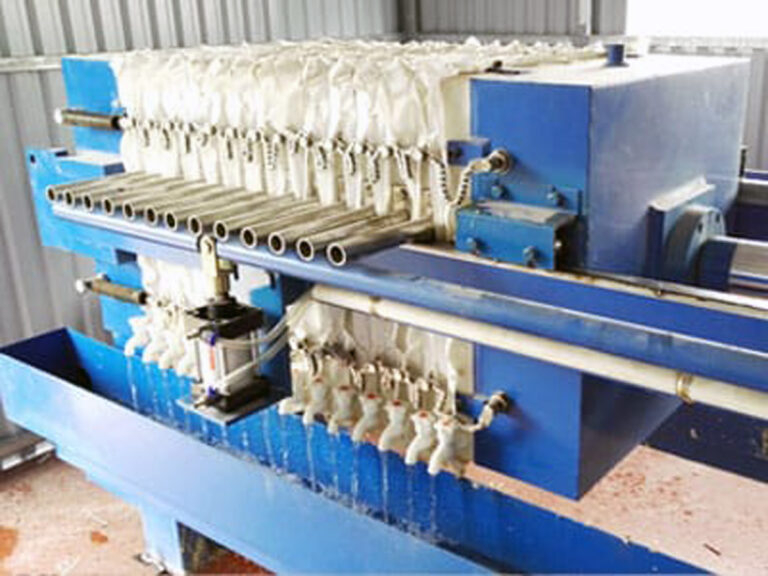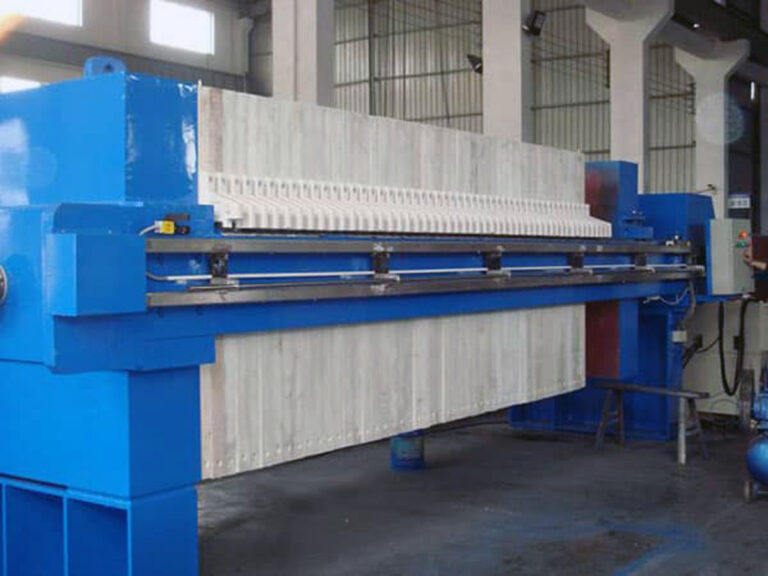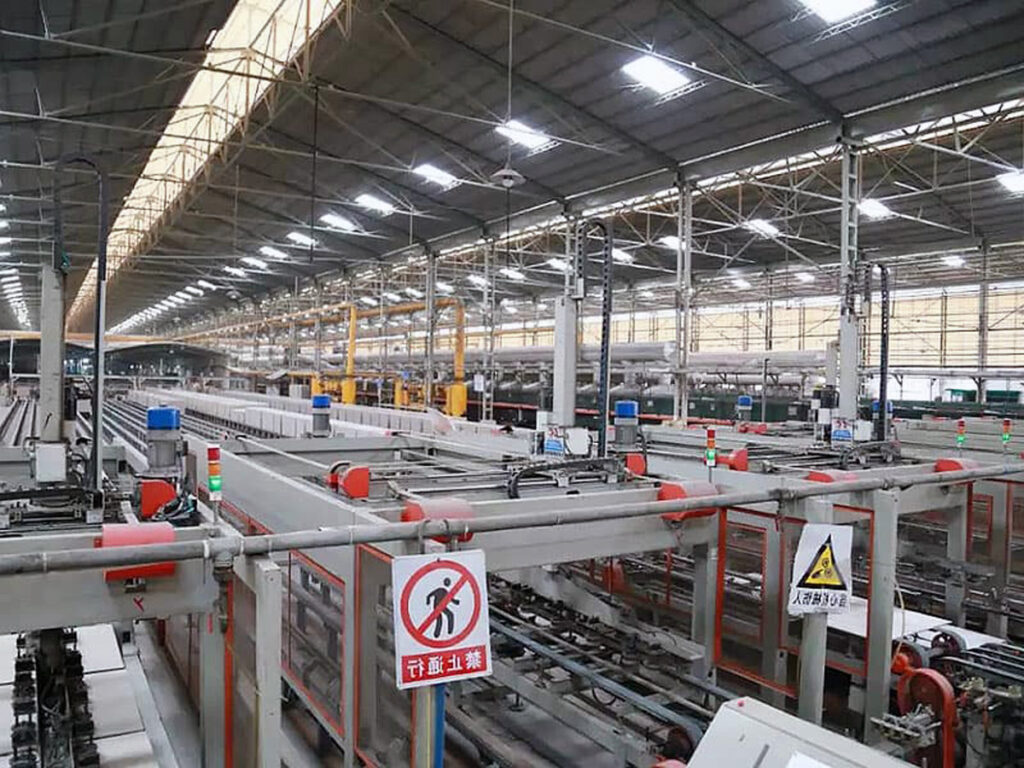The industrial landscape faces mounting pressure to achieve cleaner operations while maintaining cost-effectiveness and productivity. Traditional air filtration systems, though functional, struggle to meet evolving demands for higher efficiency, lower energy consumption, and predictive maintenance capabilities. As environmental regulations tighten and operational costs rise, manufacturers are questioning whether their current dust collection approaches can sustain long-term competitiveness.
The consequences of outdated filtration technology extend beyond compliance issues. Facilities using conventional systems face unpredictable maintenance schedules, energy bills that consume 20-30% of operational budgets, and filtration efficiency that degrades over time. Worker health concerns and potential production shutdowns add layers of risk that traditional solutions cannot adequately address.
This comprehensive analysis explores how future air filtration technologies are solving these critical challenges. We’ll examine breakthrough innovations in smart systems, advanced materials, and energy recovery that are transforming industrial dust collection. From AI-powered optimization to revolutionary filter media, these emerging solutions offer pathways to enhanced performance, reduced costs, and regulatory compliance that forward-thinking facilities are already implementing.
What Are the Current Limitations Driving Air Filtration Innovation?
Traditional industrial filtration systems face three fundamental challenges that are accelerating technological innovation. Energy consumption represents the most significant operational burden, with conventional dust collectors consuming 15-40% of a facility’s total electrical load. This excessive energy demand stems from outdated fan technologies, inefficient filter designs, and lack of variable-speed controls that continuously operate at maximum capacity regardless of actual filtration requirements.
Maintenance Unpredictability and Downtime Costs
Current systems rely on scheduled maintenance intervals rather than actual performance data, leading to either premature filter replacements or unexpected failures. PORVOO industry analysis reveals that unplanned maintenance events cost facilities an average of $50,000-200,000 annually in lost production time. Filter condition assessment typically depends on manual pressure differential readings, providing limited insight into actual filtration efficiency or remaining filter life.
Filtration Efficiency Degradation
Conventional filter media experiences performance decline from the moment of installation. Particulate accumulation creates channeling effects that reduce overall capture efficiency, while temperature fluctuations and chemical exposure gradually degrade filter integrity. This degradation pattern means that systems designed for 99.5% efficiency often operate at 85-90% effectiveness during significant portions of their service cycles.
| Current System Challenges | Performance Impact | Cost Implications |
|---|---|---|
| Fixed-speed operation | 30-50% energy waste | $15,000-40,000 annually |
| Manual monitoring | 15-25% efficiency loss | Compliance risks |
| Standard filter media | 10-20% capacity reduction | Frequent replacements |
How Are Smart Technologies Revolutionizing Dust Collection Systems?
Next generation dust collectors integrate Internet of Things (IoT) sensors, artificial intelligence, and automated controls to create self-optimizing filtration systems. These intelligent platforms continuously monitor particulate concentrations, airflow patterns, pressure differentials, and filter conditions to automatically adjust operational parameters for optimal performance.
AI-Powered Optimization Algorithms
Machine learning algorithms analyze historical performance data, environmental conditions, and production schedules to predict optimal filtration settings. Advanced systems can anticipate dust loading patterns based on manufacturing processes, automatically increasing suction rates before high-particulate operations begin. This proactive approach improves capture efficiency by 15-25% while reducing energy consumption through precise operational control.
Real-Time Monitoring and Control Systems
Modern smart filtration platforms provide facility managers with comprehensive dashboards displaying system performance, energy consumption, filter condition, and predictive maintenance alerts. Wireless sensor networks eliminate complex wiring installations while providing granular data on air quality throughout the facility. These systems integrate with existing plant automation platforms, enabling coordinated operation with production equipment.
Automated Filter Cleaning Technologies
Intelligent pulse-jet cleaning systems use sensor feedback to optimize cleaning cycles based on actual filter loading rather than predetermined schedules. Advanced algorithms determine precise cleaning pressure, duration, and sequence to maximize filter life while maintaining consistent airflow. This technology extends filter service life by 20-35% compared to traditional timer-based cleaning systems.
“Smart filtration systems represent a fundamental shift from reactive to predictive air quality management. Facilities implementing these technologies report 25-40% reductions in total filtration costs within the first year of operation.” – Industrial Air Quality Research Institute
What Advanced Materials Are Reshaping Filter Performance?
Revolutionary filter media technologies are dramatically improving filtration efficiency, durability, and energy performance. Advanced filtration technology now incorporates nanofiber construction, electrostatically charged media, and composite materials that achieve superior particulate capture while maintaining lower pressure drops.
Nanofiber Filter Media Innovations
Nanofiber filter technologies create ultra-fine fiber networks that capture submicron particles through multiple mechanisms including interception, impaction, and diffusion. These materials achieve 99.97% efficiency for particles as small as 0.3 microns while maintaining pressure drops 30-50% lower than conventional pleated filters. The increased surface area and fine fiber structure provide enhanced dust release characteristics during cleaning cycles.
Electrostatically Enhanced Filtration
Advanced electrostatic filter media combines mechanical filtration with electrostatic particle attraction to achieve exceptional efficiency at reduced energy costs. These filters maintain their electrostatic charge throughout their service life, providing consistent performance without the degradation typical of traditional media. Laboratory testing demonstrates 95% efficiency for 0.1-micron particles with pressure drops comparable to conventional filters rated for much larger particles.
Composite and Specialized Coatings
Modern filter media incorporates specialized surface treatments and composite constructions tailored to specific industrial applications. Hydrophobic coatings prevent moisture absorption in humid environments, while chemical-resistant treatments extend filter life in corrosive atmospheres. These engineered materials provide 2-3 times the service life of standard filter media while maintaining superior filtration performance.
| Advanced Filter Technologies | Efficiency Improvement | Service Life Extension | Energy Savings |
|---|---|---|---|
| Nanofiber media | 15-25% | 50-75% | 25-35% |
| Electrostatic enhancement | 20-30% | 40-60% | 30-45% |
| Specialized coatings | 10-20% | 100-150% | 15-25% |
How Do Energy-Efficient Solutions Impact Industrial Operations?
Innovative dust control systems prioritize energy optimization through variable frequency drives, energy recovery technologies, and intelligent demand-based operation. These efficiency improvements provide substantial operational cost reductions while enhancing overall system performance and environmental sustainability.
Variable Frequency Drive Integration
Modern dust collection systems incorporate variable frequency drives (VFDs) that automatically adjust fan speeds based on real-time filtration demands. This technology reduces energy consumption by 25-45% compared to fixed-speed systems by matching airflow to actual production requirements. Advanced VFD controllers integrate with facility automation systems to coordinate dust collection with production schedules, further optimizing energy usage.
Heat Recovery and Energy Recapture
Innovative systems capture waste heat from high-temperature industrial processes and filtration equipment to support facility heating requirements. Heat exchangers integrated into dust collection systems can recover 40-60% of thermal energy that would otherwise be lost, providing substantial reductions in facility heating costs. Some installations achieve complete energy neutrality by combining heat recovery with solar panel integration on equipment housing.
Demand-Responsive Operation Strategies
Smart filtration systems analyze production patterns, environmental conditions, and air quality requirements to optimize operation schedules. These systems automatically reduce energy consumption during low-production periods while maintaining minimum air quality standards. Facilities implementing demand-responsive industrial dust collection systems report 30-50% reductions in filtration-related energy costs.
In our experience with large-scale industrial installations, facilities that prioritize energy efficiency in their filtration upgrades typically achieve payback periods of 18-24 months through reduced electrical consumption alone, before considering maintenance savings and productivity improvements.
What Role Does Predictive Maintenance Play in Future Systems?
Predictive maintenance capabilities transform industrial air filtration from a reactive cost center into a proactive operational asset. Emerging air quality solutions incorporate continuous condition monitoring, trend analysis, and failure prediction to optimize maintenance schedules and prevent unexpected system failures.
Continuous Condition Monitoring Technologies
Advanced sensor arrays continuously monitor filter pressure drop, airflow characteristics, vibration patterns, and electrical consumption to assess system health. Machine learning algorithms establish baseline performance parameters and identify deviations that indicate developing maintenance requirements. This continuous assessment provides 2-4 weeks advance notice of required maintenance actions, enabling planned scheduling that minimizes production disruptions.
Predictive Analytics and Trend Analysis
Sophisticated data analytics platforms analyze historical performance patterns, environmental conditions, and operational variables to predict optimal maintenance timing. These systems consider factors including seasonal dust loading variations, production schedule impacts, and filter degradation rates to recommend maintenance actions that maximize equipment availability. Predictive analytics typically extend equipment life by 20-30% while reducing maintenance costs by 15-25%.
Remote Monitoring and Support Capabilities
Cloud-connected filtration systems enable remote monitoring and diagnostic support that reduces on-site maintenance requirements. Technical specialists can remotely analyze system performance, identify optimization opportunities, and provide troubleshooting guidance without facility visits. This capability is particularly valuable for facilities in remote locations or those with limited technical support resources.
“Predictive maintenance transforms air filtration from a necessary expense into a competitive advantage. Facilities using these technologies report 40-60% reductions in unplanned maintenance events and significant improvements in overall equipment effectiveness.” – Advanced Manufacturing Technology Association
How Will Regulatory Changes Shape Air Filtration Development?
Evolving environmental regulations and workplace safety standards are driving substantial innovations in future industrial filters and air quality management systems. These regulatory pressures create opportunities for advanced technologies that exceed current compliance requirements while providing operational advantages.
Emerging Emission Standards and Compliance Requirements
New regulatory frameworks focus on ultrafine particulate emissions, requiring filtration systems capable of capturing particles smaller than 0.1 microns. These standards necessitate advanced filtration technologies that go beyond traditional mechanical separation methods. Facilities must also demonstrate continuous compliance through real-time emissions monitoring rather than periodic testing, driving demand for integrated monitoring and filtration systems.
Workplace Safety and Air Quality Mandates
Enhanced workplace safety regulations require comprehensive air quality management that protects worker health while maintaining operational efficiency. These requirements include continuous monitoring of respirable particulates, toxic substance detection, and automatic system responses to air quality deviations. Advanced filtration systems must integrate with facility-wide safety systems to provide coordinated protection and emergency response capabilities.
Sustainability and Circular Economy Considerations
Environmental sustainability mandates are encouraging development of filtration systems that minimize waste generation and support circular economy principles. This includes filter media recycling programs, energy recovery integration, and system designs that facilitate component reuse. Forward-thinking facilities are implementing comprehensive dust collection solutions that address both current compliance requirements and anticipated future regulations.
| Regulatory Drivers | Technology Response | Implementation Timeline |
|---|---|---|
| Ultrafine particle limits | Nanofiber and electrostatic filtration | 2024-2026 |
| Continuous monitoring | Integrated sensor networks | 2025-2027 |
| Sustainability mandates | Recyclable media and energy recovery | 2026-2030 |
The future of industrial air filtration represents a convergence of technological innovation, regulatory compliance, and operational optimization. Smart technologies, advanced materials, and predictive maintenance capabilities are creating filtration systems that deliver superior performance while reducing operational costs and environmental impact. Facilities that embrace these emerging technologies position themselves for enhanced competitiveness, regulatory compliance, and operational sustainability.
Energy efficiency improvements of 30-50%, maintenance cost reductions of 25-40%, and filtration performance enhancements of 15-30% demonstrate the tangible benefits of next-generation systems. As regulatory requirements continue evolving and operational pressures intensify, the strategic value of advanced air filtration technologies will only increase.
The path forward requires careful evaluation of current systems, understanding of emerging technologies, and strategic implementation planning. Facilities considering filtration upgrades should focus on solutions that provide immediate operational benefits while supporting long-term regulatory compliance and sustainability objectives. The investment in advanced industrial dust collection systems today creates the foundation for decades of enhanced performance, reduced costs, and competitive advantage in an increasingly demanding industrial environment.
What specific challenges does your facility face with current air filtration systems, and how might these emerging technologies address your unique operational requirements?
Frequently Asked Questions
Q: What is the future of industrial air filtration and why is it important?
A: The future of industrial air filtration centers on smarter, more efficient, and sustainable technologies that improve air quality and operational efficiency. Emerging technologies aim to capture finer particles with higher dust collection capacity filters, reducing replacement frequency and waste. Innovations like advanced HEPA 14 and medical-grade filters balance high filtration efficiency with lower energy consumption. This evolution is vital for meeting stricter environmental regulations, protecting worker health, and supporting sustainability goals in industries worldwide.
Q: Which emerging technologies are shaping the future of industrial air filtration?
A: Key emerging technologies include:
- High-efficiency filters with enhanced dust-holding capacity
- Advanced materials that reduce pressure drop while maintaining filtration quality
- IoT-enabled smart sensors for real-time air quality monitoring and predictive maintenance
- Integration with smart systems and Matter certification for seamless connectivity in industrial environments
- Automation and remote diagnostics to optimize filtration system performance and reduce downtime
Together, these technologies create more intelligent, durable, and eco-friendly air filtration solutions.
Q: How does smart connectivity impact industrial air filtration systems?
A: Smart connectivity is revolutionizing industrial air filtration by allowing seamless integration of filtration systems into broader smart facility management platforms. Standards such as Matter certification enable air filters to communicate effortlessly with other smart devices, improving user control and data sharing. This connectivity supports remote monitoring, predictive maintenance, and automated adjustments based on air quality data, ultimately enhancing efficiency, reducing operational costs, and ensuring healthier environments.
Q: What role do advanced filter materials play in the future of industrial air filtration?
A: Advanced filter materials are crucial for boosting filtration efficiency without compromising airflow or energy usage. Innovations like HEPA 14 and medical-grade filters now offer very high particulate capture with significantly reduced pressure drops, which lowers the load on fans and decreases energy consumption. These materials extend filter lifespan and improve sustainability by reducing filter waste and replacement costs, making air filtration systems more cost-effective and environmentally responsible.
Q: How are sustainability and energy efficiency being addressed in upcoming industrial air filtration technologies?
A: Emerging industrial air filtration technologies emphasize sustainability by:
- Designing filters that last longer, reducing material waste
- Lowering energy consumption through materials with less airflow resistance
- Incorporating energy-efficient motors and automated controls for optimized operation
- Using smart sensors to run filtration only when necessary, minimizing energy use
These approaches help industries meet environmental regulations while cutting operational expenses and supporting greener manufacturing practices.
External Resources
- The Future of Industrial Air Filtration: Emerging Technologies and Trends – Examines cutting-edge advancements like nanofiber technology, IoT and smart filtration systems, energy-efficient designs, and modular solutions shaping the future of industrial air filtration.
- Top 5 Innovations in Industrial Air Filtration Technology – Explores the major technological breakthroughs including AI, IoT integration, advanced UV treatment, and evolving filter media that are transforming industrial air filtration systems.
- The Future Trends of Air Filters: Innovations Shaping Tomorrow’s Clean Air – Provides insights into enhanced filtration efficiency, smart technology integration, sustainable materials, and modular air filtration solutions driving industry progress.
- Latest Advancements in Air Purification Technologies for Industry – Details recent innovations in industrial air purification such as HEPA/ULPA filters, photocatalytic oxidation, bipolar ionization, and intelligent monitoring for optimized air quality management.
- Future of Cleanroom Air Filtration | Innovation Trends 2025 – Analyzes emerging trends like AI-powered filtration, real-time monitoring, and predictive analytics for next-generation cleanroom air quality control.
- Industrial Air Filtration – Market Trends and Technological Advances – Reviews market trends, regulatory impacts, and technological advances such as smart monitoring, eco-friendly solutions, and automation in industrial air filtration.
